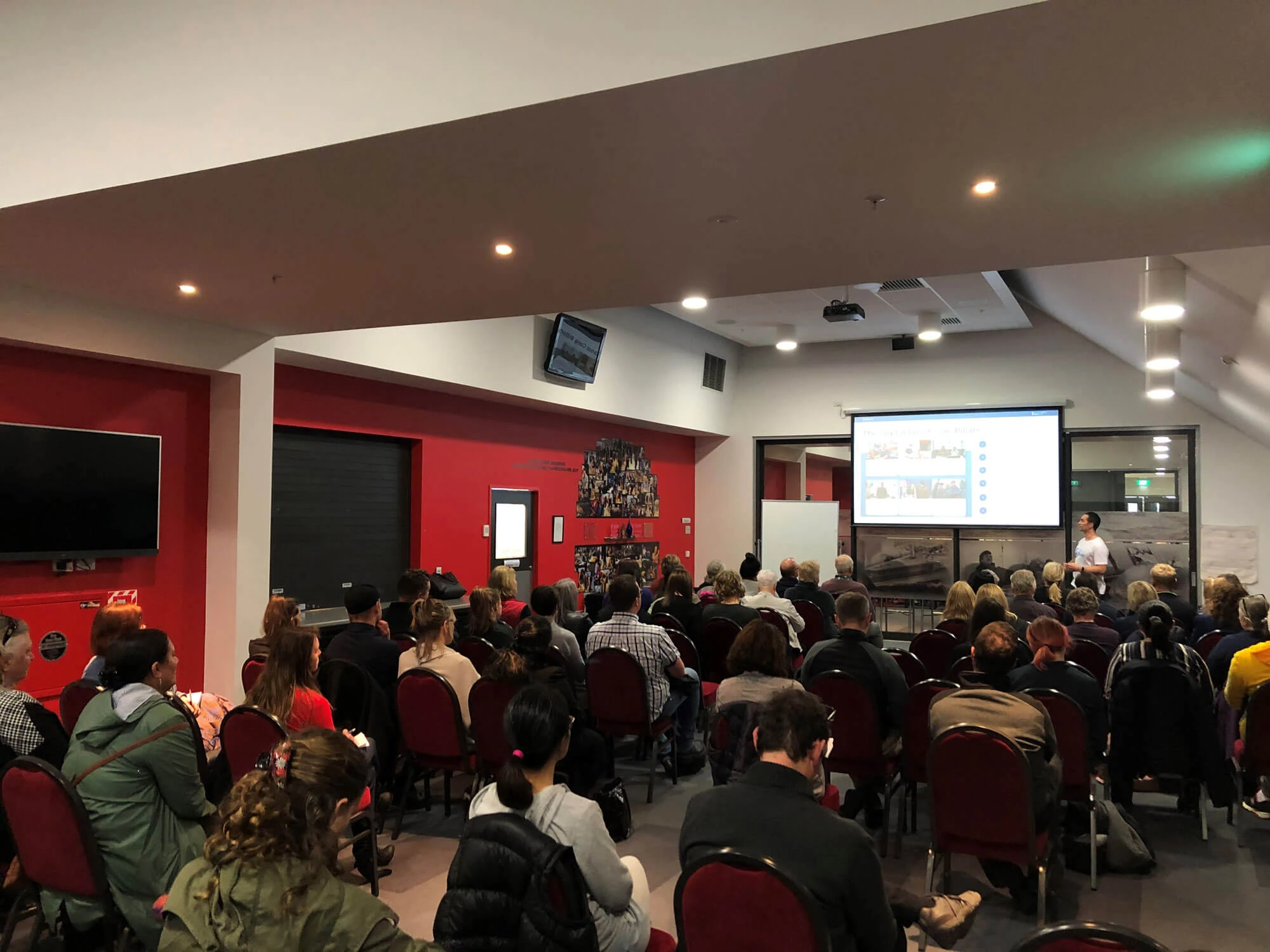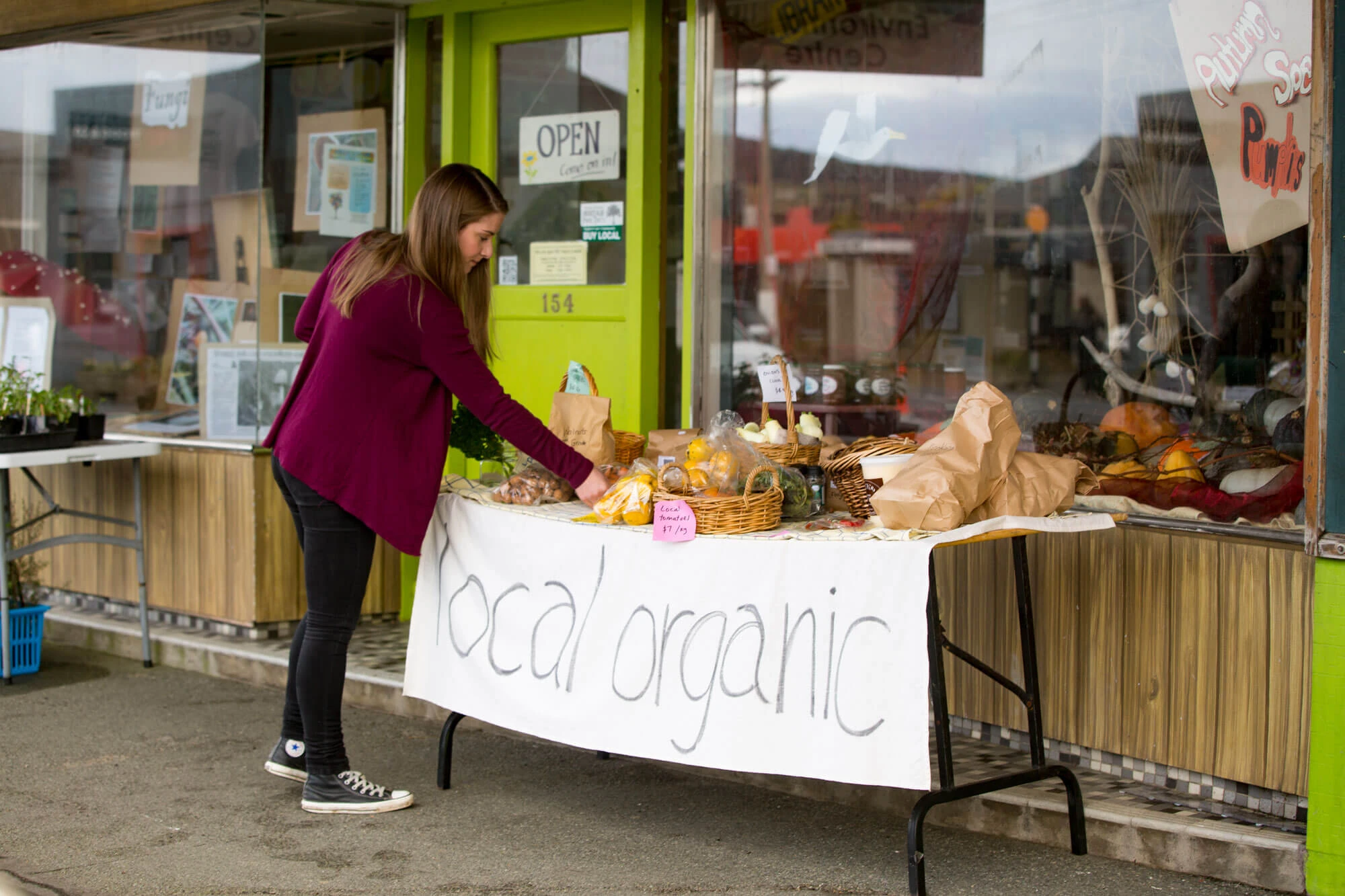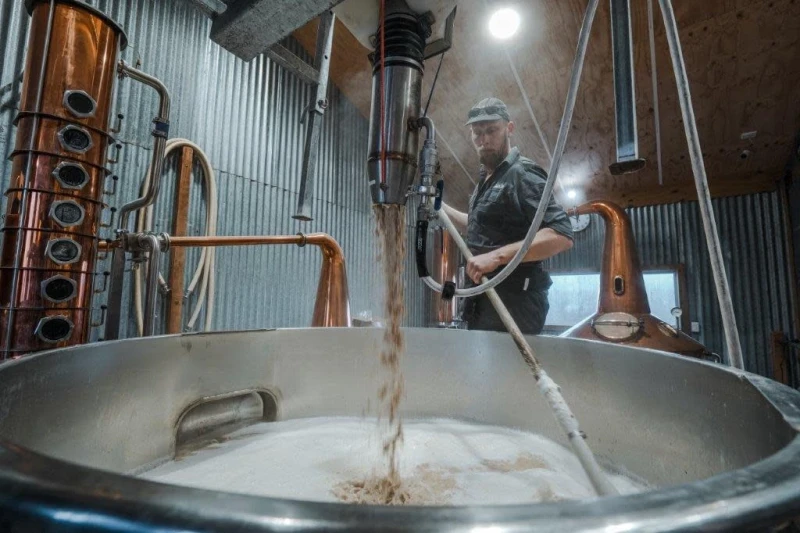Decrease in Southland NEETs
29 Jul 2019
A significant drop in the number of Southland youth not in employment, education or training is being celebrated across the region.
Statistics New Zealand has estimated that the number of NEETs (young people between 15 – 24 not in employment, education or training) in Southland has decreased by a third over the past three years, from an average 1500 NEETs in 2016 to 1000 in 2018.
Southland Youth Futures Coordinator Allison Beckham said the estimates were extremely positive and reflected a collaborative response from around the region to connect youth with employment and training opportunities.
“From schools to employers and initiatives like the Southland Youth Futures programme, we’re all committed to building employment and training pathways for our youth and are extremely excited to see this work being reflected in fewer NEETs across the region.”
Mrs Beckham said that along with the social benefits for Southland youth and the wider community, there were also significant economic benefits.
“By connecting NEETS with employment and training opportunities, it is estimated that New Zealand saved, at the very least, $15.37 million, between 2016 and 2018,” she said.
That number was calculated from a 2016 research paper by Gail Pacheco and De Wet van der Westhuizen from the New Zealand Work Institute at AUT University, where they estimated the economic cost of a NEET to be $21,996 per year.
With NEETs figures also including people unable to work because they were caring for children, temporarily between jobs or training courses, or out of the workforce because of mental or physical ill-health, Mrs Beckham said it had been difficult to confirm NEETs numbers or estimate the impact youth-focused initiatives were having across the region.
“This new information from Statistics New Zealand confirms what we believed anecdotally - that more and more Southland Youth are recognising the training and career pathways available to them,” she said.
There had also been a steady drop in the number of youth job seekers on benefits over the same period, she said, from an average of 571 in 2016 to 472 in 2018. Youth job seekers are young people aged 18-24.
The Southland Youth Futures programme was established in 2015 to strengthen the pathways between education and employment and improve outcomes for young people in the region.
Invercargill City Councillor Alex Crackett, who chairs the Southland Youth Futures Advisory Group, said Southland Youth Futures was just part of the work taking place across the region to support Southland youth.
“With Southland’s aging workforce we know that our youth will play an important role in driving the future success of the Southland region. Through collaboration and programmes like Southland Youth Futures we are helping this potential workforce to be utilised.”
 Invercargill City Councillor Alex Crackett with Southland Youth Futures Coordinator Allison Beckham
Invercargill City Councillor Alex Crackett with Southland Youth Futures Coordinator Allison Beckham














